Yugoslavia Year 1950 stamps – Local Economy complete set
In the 1950s, Yugoslavia, under the leadership of Josip Broz Tito, embarked on a unique path of economic development known as “self-management socialism.” This economic model aimed to combine elements of socialism with decentralized decision-making and worker ownership of the means of production. Here’s an overview of Yugoslavia’s local economy during this period:
- Self-Management System: One of the key features of Yugoslavia’s economic system in the 1950s was the implementation of workers’ self-management. This meant that enterprises were owned and managed by the workers themselves, rather than by the state or private capitalists. Each enterprise had its own internal decision-making structure, with workers participating in management and decision-making processes.
- Decentralization: Yugoslavia’s economy was decentralized, with significant decision-making authority devolved to the republics, regions, and local communities. This decentralization allowed for greater flexibility and responsiveness to local economic conditions and needs.
- Industrialization: During the 1950s, Yugoslavia pursued a policy of rapid industrialization, with a focus on developing key sectors such as manufacturing, mining, and energy production. This led to the establishment of new industrial enterprises and the modernization of existing ones.
- Agriculture: Agriculture remained an important sector of Yugoslavia’s economy in the 1950s, employing a significant portion of the population. The government implemented land reforms aimed at redistributing land to small farmers and increasing agricultural productivity. Cooperatives also played a role in agricultural production, particularly in areas such as collective farming.
- Trade and Foreign Relations: Yugoslavia pursued a policy of non-alignment in foreign affairs, seeking to maintain independence from both the Eastern Bloc led by the Soviet Union and the Western Bloc led by the United States. This allowed Yugoslavia to engage in trade and economic cooperation with a diverse range of countries, contributing to its economic development.
- Challenges: Despite its achievements, Yugoslavia faced challenges in the 1950s, including inflation, economic disparities between regions, and inefficiencies in the self-management system. These challenges would become more pronounced in the following decades, contributing to the eventual dissolution of Yugoslavia in the 1990s.

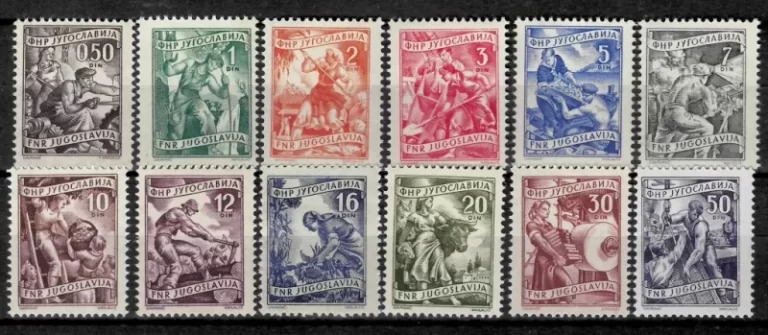

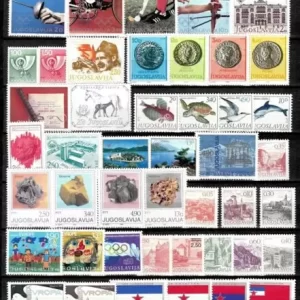

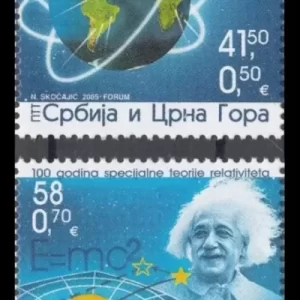
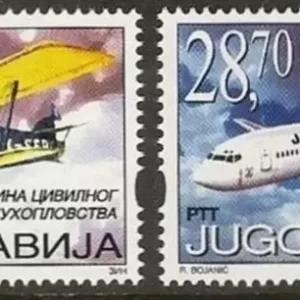



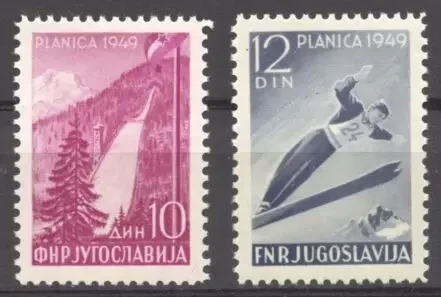
Reviews
There are no reviews yet.